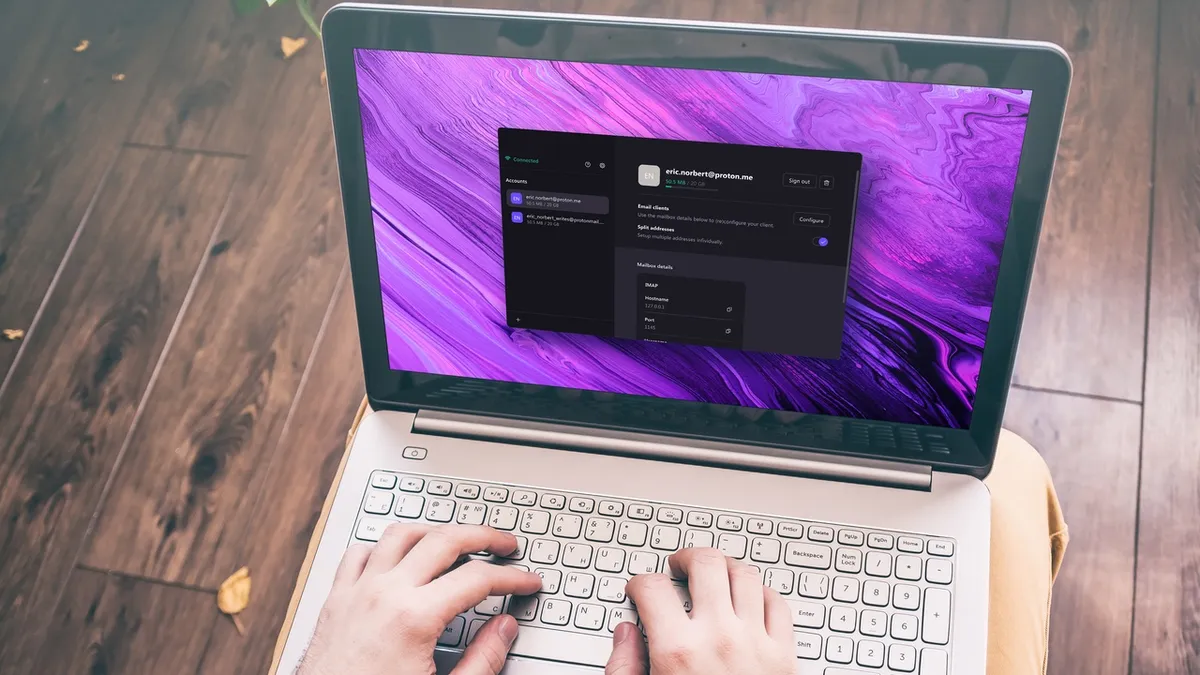Google Drive Desktop App Users Experience File Loss
Google Confirms Missing Files on Drive for Months - Here's How to Restore Them
Google has a solution to retrieve lost files on your desktop Drive.

A few months ago, panic struck the hearts of Google Drive desktop app users as they found themselves in a nightmare scenario – the loss of months worth of files. Reports of this catastrophe started flooding in, leaving users frantic and searching for answers. Google support forums were inundated with desperate pleas for help, and while the company acknowledged the issue, their response was limited to a vague suggestion of not moving any files. 🙄
Now, after months of uncertainty, Google has finally shed some light on what actually happened and, more importantly, provided a solution to recover those precious missing files. In a post on the company’s community support forum, Google outlined two fixes – one using the Drive app itself and the other utilizing a command line interface. While a temporary fix shared by a user in the support forum seemed to work for some fortunate souls, Google’s official recommendation appears to be the silver bullet for everyone. 💪
Method 1: Using the Drive App
To implement the first method, Google advises ensuring that you have the latest version of the Drive desktop app (version 85.0.13.0 or higher). To check your version, click on the settings gear in the app, then select “about.” If you have the latest version installed, open Drive and hold the shift key while clicking on settings. A dropdown menu will appear, and from there, click on “Recover from backups.”
During the recovery process, you may either see a message indicating that recovery has started or one stating that no backups are found. If you see the former, you can expect a follow-up message later, indicating that the recovery is complete – hallelujah, your files should now be restored! However, if you encounter the latter message, it means you need to free up some disk space before running the same operation again.
Once the recovery process is finished, you should find a shiny new desktop folder called “Google Drive Recovery” containing all your unsynced files. 📂
In the rare event that you receive the disheartening message that no backup is found, Google advises submitting feedback through the app using the hashtag “#DFD84” and sending diagnostic logs. 🆘
Method 2: The Command Line Savior
The second method, which involves using the command line, is particularly handy if you have your backup stored in another location or if you want to restore the files to a specific folder. Let’s break it down for Windows and Mac users:
Windows Users:
-
Open the command prompt.
-
Run the following command:
"C:\Program Files\Google\Drive File Stream\launch.bat" --recover_from_account_backups -
Sit back and relax as the tool runs silently in the background.
-
You’ll know it’s done when the GoogleDriveFS.exe process is no longer running in Task Manager.
-
Similar to the first method, a new folder will appear on your desktop, containing all the files you thought were lost forever. 🎉
Mac Users:
-
Open the terminal application.
-
Enter the following command:
"/Applications/Google Drive.app/Contents/MacOS/Google Drive" --recover_from_account_backups -
Prepare to be amazed as the magic unfolds.
-
Voila! A new folder materializes on your desktop, bringing back your previously elusive files. 🌟
If both of these methods fail to bring your files back from the digital abyss, Google recommends reaching out to their support team directly for further assistance. They’re there to help you navigate through this technological tempest, so don’t hesitate to lean on them for support. 🤝
Frequently Asked Questions
Q: Is there any way to prevent file loss in Google Drive? A: While Google Drive is generally a reliable cloud storage solution, it’s always a good idea to have an additional backup plan in place. Consider using automated backup tools or syncing your files to a different cloud storage service to minimize the risk of irreversible file loss.
Q: Will my files be permanently lost if they’re not restored using the methods mentioned? A: It’s essential to act quickly and follow the recommended recovery methods as soon as possible. However, if these methods don’t work, don’t lose hope just yet. Contact Google support directly and explain your situation to see if they can assist you in retrieving your files.
Q: How can I organize my Google Drive effectively to avoid future file loss or disorganization? A: Organizing your Google Drive can significantly improve your file management experience. Check out our article How to organize your Google Drive: 5 tips and tricks to know for some useful advice on keeping your digital world tidy.
The Future of Google Drive
The incident of file loss experienced by some Google Drive users brought to light the importance of reliable backup systems and data integrity. While Google has provided solutions to recover files in this particular incident, it serves as a reminder to users to maintain a proactive approach in safeguarding their valuable data. The demand for more robust backup systems and enhanced data recovery procedures may be on the rise as cloud storage usage continues to gain popularity.
With the rapid development of technology, it’s imperative for companies like Google to continuously improve their network infrastructures to prevent similar incidents in the future. The sharing of experiences and lessons learned from events like this helps form a collective knowledge base that drives progress and ultimately benefits all users.
Additional Reading: – The top cloud storage services you can buy – How to organize your Google Drive: 5 tips and tricks to know – Reaching out to Google Drive support
Remember, sharing is caring! If you found this article helpful or entertaining, feel free to spread the word on social media. Let’s help others recover their lost files and keep the digital world a safe and organized place. 🌐💾✨






